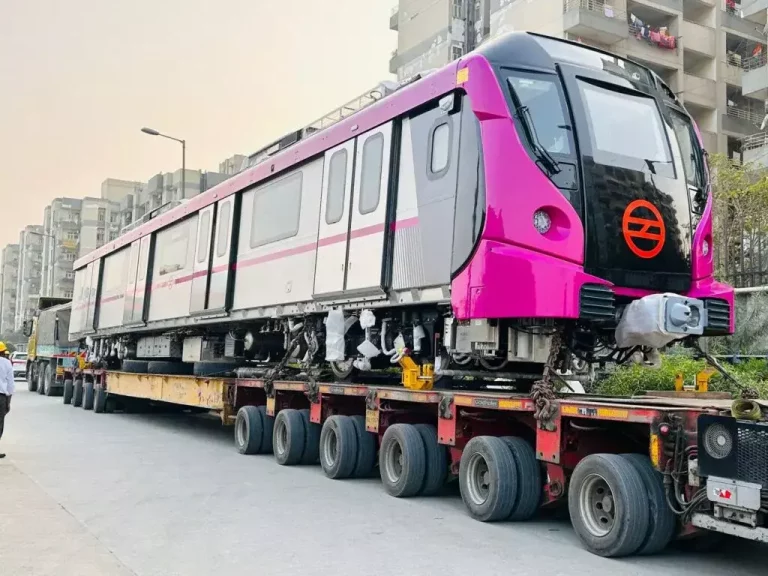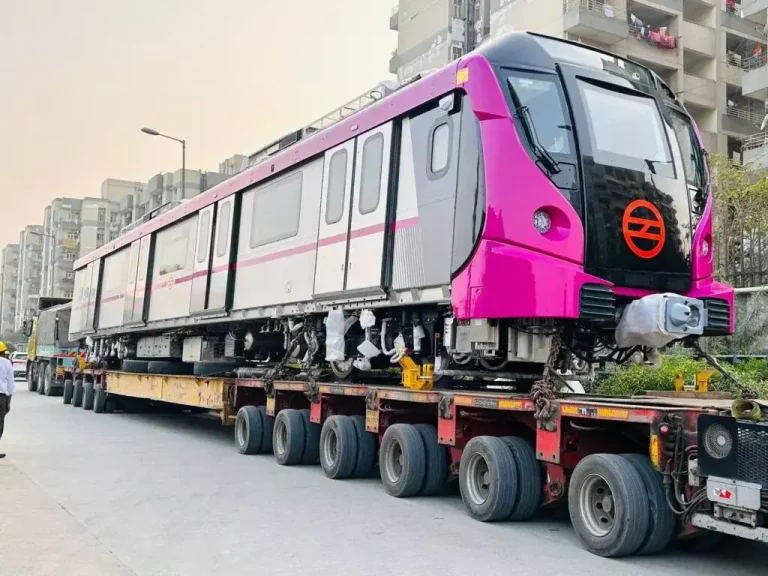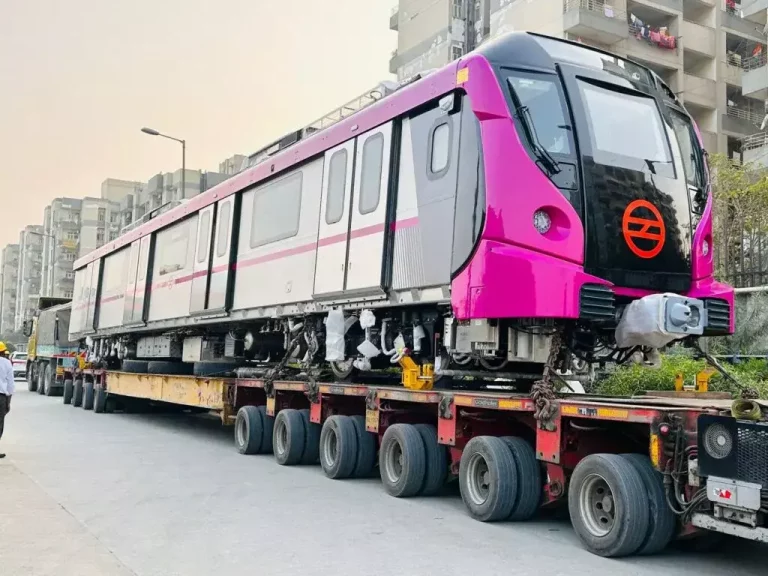
If you ask an IT employee to come to office, he says ‘bye’: L&T Chairman
The world of work has undergone a significant transformation in recent years, with the rise of remote work and flexible work arrangements becoming the new norm. In an era where technology has made it possible for people to work from anywhere, the traditional 9-to-5 office routine is slowly becoming a thing of the past. And it’s not just employees who are embracing this change, but also corporate leaders who are acknowledging the benefits of flexible work arrangements.
Recently, L&T Chairman SN Subrahmanyan made headlines when he criticized the culture of overwork in his organization, stating that he works 90-hour weeks and expects his employees to do the same. However, in a recent interview, Subrahmanyan took a different tone, discussing the challenges of attracting and retaining talent in the IT industry.
When asked about the changing nature of work, Subrahmanyan shared a poignant anecdote. “When I joined L&T in 1983, my boss said, if you’re from Chennai, you go to Delhi and work,” he said. “Today, if you ask an IT employee to come to the office and work, he says ‘bye’ (he resigns),” Subrahmanyan added.
These words are a stark reflection of the power dynamic that has shifted in favor of employees. Gone are the days when employees were willing to put in long hours and make sacrifices for the sake of their employers. Today, employees are more demanding and expect a better work-life balance.
The IT industry, in particular, has been at the forefront of this shift. With the rise of remote work, employees are no longer tied to a physical office space and are free to work from anywhere. This has given rise to a new breed of employees who value flexibility and autonomy above all else.
Subrahmanyan’s comment is not just a reflection of the changing nature of work, but also a commentary on the challenges that organizations face in attracting and retaining talent. In an industry where skills are in high demand, companies need to be willing to adapt to the changing needs of their employees.
The truth is that the days of the 9-to-5 office routine are numbered. With the advancement of technology, it’s becoming increasingly easy for employees to work from anywhere, at any time. And as Subrahmanyan’s comment suggests, employees are no longer willing to compromise on their work-life balance.
So, what does this mean for organizations? It means that they need to be willing to adapt to the changing needs of their employees. It means providing flexible work arrangements, such as remote work options, flexible hours, and compressed workweeks. It means recognizing that employees are not just cogs in a machine, but human beings who have needs and desires beyond their work.
Subrahmanyan’s comment is a wake-up call for organizations to rethink their approach to work. It’s a reminder that the days of the traditional office routine are behind us, and that it’s time to embrace the future of work.
But what about the benefits of face-to-face interaction and collaboration that come with working in an office? While it’s true that face-to-face interaction is important for building relationships and fostering creativity, it’s not the only way to achieve these goals. With the advancement of technology, it’s becoming increasingly possible to replicate the benefits of face-to-face interaction remotely.
In fact, many companies are already embracing remote work and finding ways to make it work. From virtual collaboration tools to virtual reality conferencing, there are many ways to stay connected and productive while working remotely.
So, what’s the solution? It’s simple: organizations need to be willing to adapt to the changing needs of their employees. They need to be willing to provide flexible work arrangements and recognize that work is not just a place, but a thing that can be done from anywhere.
As Subrahmanyan’s comment suggests, the days of the traditional office routine are numbered. It’s time for organizations to wake up and smell the coffee. The future of work is remote, and it’s time to adapt.




